Anime About An Exorcist Who Uses Frog Talismans
Anime About An Exorcist Who Uses Frog Talismans
The characters of Russian fairy tales inhabit
one) Baba Yaga is one of the most frequently encountered characters in fairy tales. She's most often found as the owner of a wooden hut on chicken legs, or equally the guardian of the fashion into a
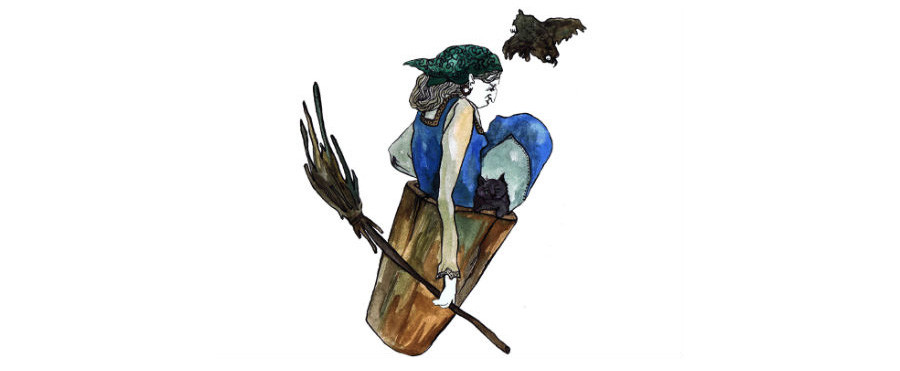
Even so, there's some other kind of Baba Yaga who is best avoided – the one who enjoys feasting on children. The protagonists must rely on their wits to save themselves from her. She may besides, on account of her age and laziness, give "the kitchen piece of work" to someone who, out of foolishness or good-heartedness, has allow "supper"
ii) Kikimora is an evil spirit, and she appears in two forms, depending on who she marries. There's the Bog Hag, who is married to a hobgoblin, and the Business firm Hag, who is the wife of Domovoi (a house spirit in Slavic folklore). The Bog Hag appears in fairy tales as an ugly old adult female clad in seaweed. Her jobs are to frighten those who wander through the marshes, lure travelers into quicksand and steal small-scale children.
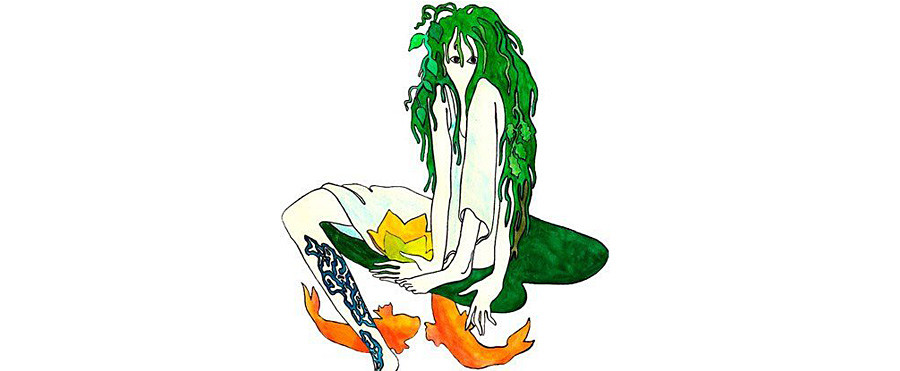
The House Hag is quite different – she lives quietly in her house and rarely shows herself to people. Fable says that hags are most oftentimes the souls of people who take drowned, or of children who died before they were baptized. The most well-known tale of the hag is "Kikimora," by Alexei Tolstoy.
three) Ivan the Fool is usually the youngest son of a peasant family. He doesn't think before

Despite his chaotic nature, Ivan the Fool fulfills a very important office: his bungling antics provide amusement for both the other characters and the readers too, and they bear witness that fifty-fifty the slowest sometimes turn out to be the fastest. We discover Ivan the Fool in stories such as "Picayune Ivan the Fool," "The Humpty-Dorsum Little Horse" and "Sivka-Burka."
4) The Frog Princess is the perfect wife, clever and beautiful, sensible and resourceful, loyal and thrifty. And on top of all that, she'south skilled in the magic arts and has an army of nannies at her command, who can help her in even seemingly impossible circumstances. In that location is, nevertheless, 1 drawback. On the orders of her powerful begetter, she has been changed into a frog for three

Her fairy tale has the whole gamut of fantastic elements. Here you'll find ritual, as the Crown Prince finds the frog with the aid of an arrow; there's the breaking of rules – Ivan burns the frog's peel, and loses his beloved; and in punishment for his transgression, he is assigned a trial which he must suffer, in lodge to win his dear froggy dorsum again. The tale is called merely "The Frog Princess."
5) Nightingale the Robber is the hero of the classic Russian ballsy tale, "The First Journey of Ilya Muromets." He lives in a nest which is in either nine or twelve oak-trees. He'southward the caput of a family – his three grown-up daughters and their husbands live with him at that place. He stalks the road from Chernigov to Kiev – no matter whether travelers go on horseback or on human foot, the Nightingale whistles at them with his deathly call and frightens them to expiry.
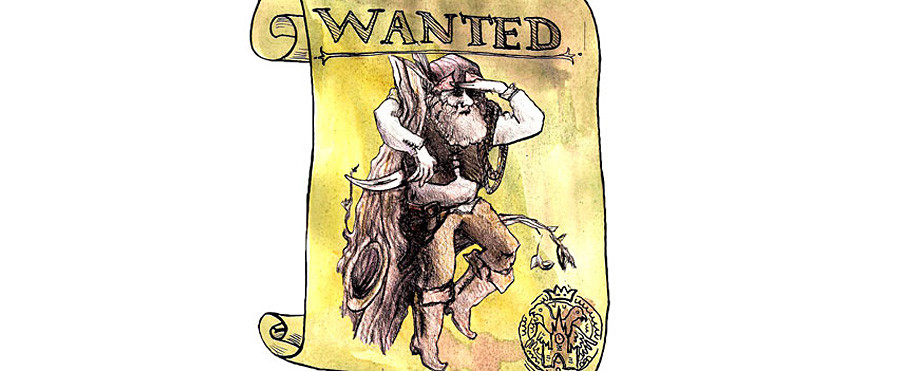
Thus things went until the warrior Ilya Muromets defeated the Nightingale and took him to the 1000 Prince
6) Koscheithe Immortal, an evil monarch, is usually depicted either as a scrawny old man or every bit a rex on horseback. He is not completely immune to expiry – he tin can be killed, but to practice so you need to pause a magical needle, which is hidden in an egg, which is in a duck, which is in a hare, which is in a chest in an oak tree. There'southward an alternative version of the story, in which a stallion brings death to Rex Koschei. His tale is a lamentable one; one of his stories, "Koschei the Warrior," tells how he had once been a warrior simply was betrayed by his comrades and taken prisoner by his enemies.
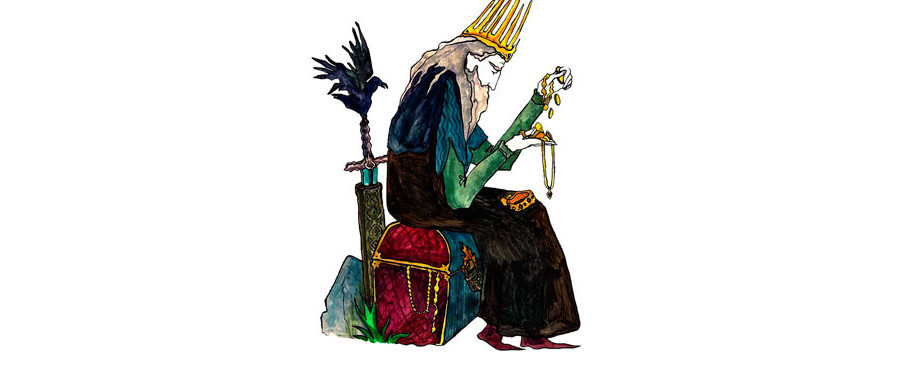
After many long years, he was able to pause out of his rusting concatenation armor and started to take his revenge. Several versions of the Koschei story have him imprisoning women, usually the matrimonial of the young heroes of the tale. This is the version we observe in tales similar "Koschei the Immortal," "Maria Morevna" and "The Frog Princess."
7) The Firebird is a Russian version of the legend of the Phoenix. Usually, the bird is a lure for brave young men who seek fame and fortune. The Firebird is a large bird of extraordinary beauty, enveloped in fire – "her feathers were of glassy golden, and her eyes of Oriental crystal." Despite this magnificent appearance, it'due south easy to capture the Firebird for illicitly eating the apples in the Tsar's garden, or take hold of her scoffing down the grain of the wheat fields.
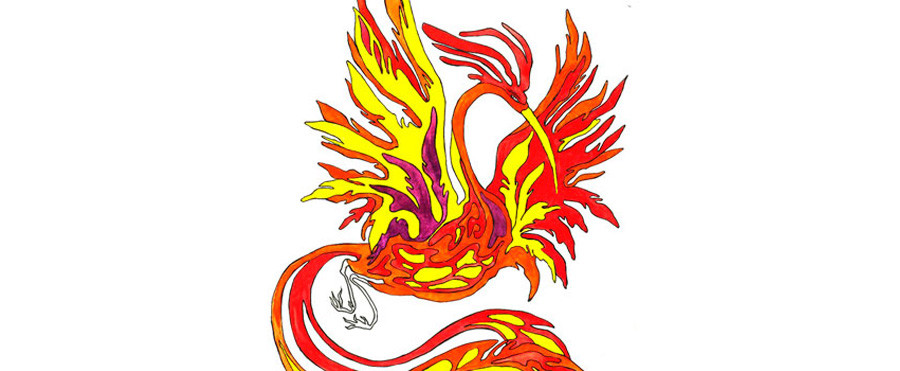
Very often, the hero happens upon a Firebird'due south feather and brings it to the Tsar equally a gift, not knowing what ill may then befall him. Having been given a feather that shines more brightly than many candles, the Tsar ordinarily wants the whole bird and sends the hero off on a perilous quest. We find the Firebird in tales like "Tsarevitch Ivan, the Firebird and the Grey Wolf" and "The Firebird and Princess Vasilisa"
8) Vodyanoy (or Water Spirit) is the Rex of the Deep. In Slavic mythology, the Water Spirit is often an unattractive sometime man covered in silt and algae, and sometimes with a fishy tail. But he tin change form.

He dwells in all kinds of reservoirs and wells, but you'll about oftentimes find him in the pools near a water mill. In mythology, he's considered evil, just in fairy tales, he is ofttimes not malevolent, though he sometimes tries to forestall the young hero from marrying his beloved, especially if she turns out to be the Water Spirit's girl. The Water Spirit appears in a tale "Tsarevitch Ivan and Princess Marfa."
9)Schuka is a throughway fish. The Slavs of one-time assigned terrifying abilities to this fish – people thought it could consume a man and that the Water Spirit rode it in the watery kingdoms. In Russian fairy tales, the pike assumes more reasonable proportions and a more harmless nature.
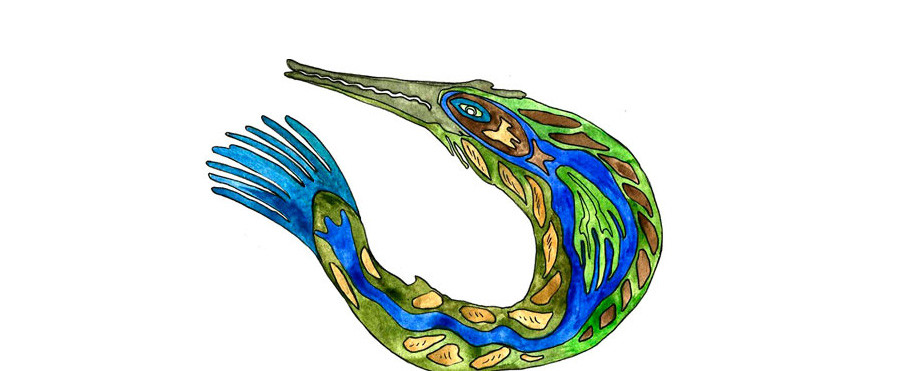
In fact, a meeting with a pike fish brings skillful luck, as the fish can even grant wishes. But you take to catch it first, as Yemelya the Fool (or Ivan in some versions) does in the fairy tale of the aforementioned proper noun, and so release it back into the h2o. In that location is no limit to the wishes you may enquire. Yemelya gets eight wishes in his tale. The tale here is "The Fool and the Fish."
10) Vasilisa the Beautiful shouldn't be confused her with her namesake, Vasilisa the Wise, who is a sorceress and daughter of the Male monarch of the Seas. Vasilisa the Beautiful is a merchant's daughter. Her mother died young, leaving her to cope with an evil stepmother. She is sweet and good-natured merely gets into a lot of scrapes, especially with Baba Yaga. Just she's helped in her adventures by a doll her mother left her.

The story of Vasilisa is an illustration of the folk belief that loving parents go on to lookout man over their children and assistance them fifty-fifty from the grave. The tale to read here is "Vasilisa the Cute."
11) Gorynych the Dragon has many heads. He can announced out of the water, spew flames from his nostrils, occasionally wing on wings of burn and often lives in the mountains. Gorynych kidnaps women and besieges cities. But, unlike Baba Yaga, he can't be bought off or distracted – he's ever determined to make a meal of those who disturb his remainder or thwart his plans.
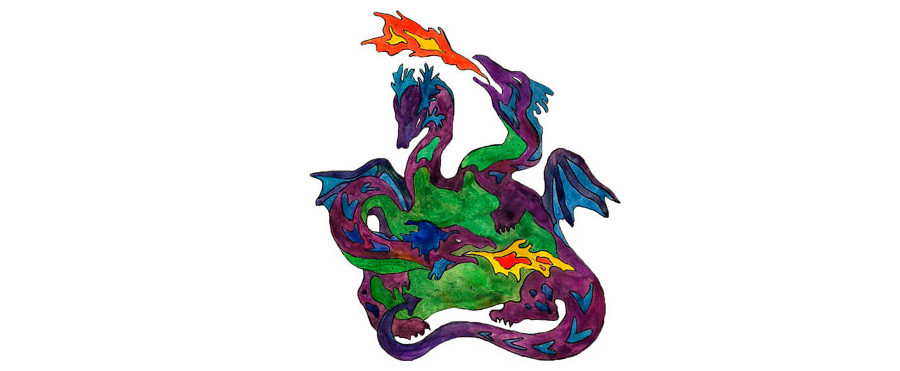
Unremarkably there is but one hero able to defeat the dragon, who arrives sooner or later to challenge the dragon to a showdown. We detect Gorynych the Dragon in tales such as "Frolka," "Dobrynia Nikitich" and "Gorynych the Dragon."
12) The Tsar is the anointed character of the fairy tale's sub-plot. Very often, the young hero will meet the Tsar earlier his great hazard begins. Tsars always seem to lack cute brides, Firebirds or fearless stallions. And thus the Tsar is always dispatching young heroes – his own son, some knight in his entourage, or a newly arrived traveler – to afar realms, where the very thing the Tsar needs is to be found.
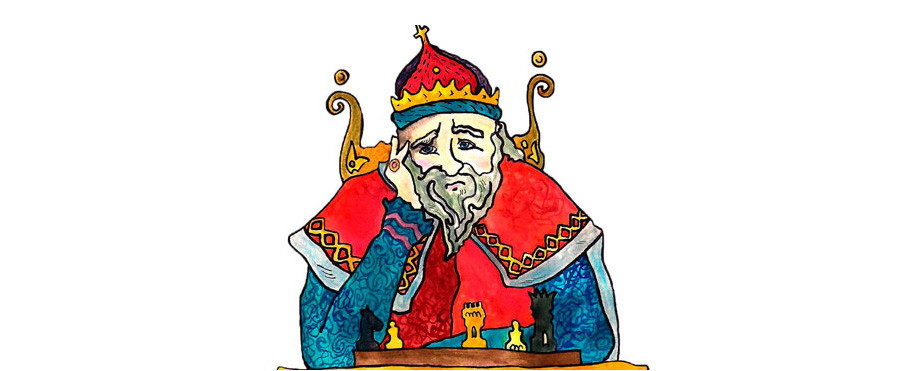
It also happens that our hero gets an audience with the Tsar in the middle of the story, putting a new twist in the tale and posing some new quest for the hero. Nosotros encounter Tsars in tales such as "The Firebird and Vasilisa the Beautiful," "The Frog Princess" and many others.
All rights reserved by Rossiyskaya Gazeta.
Become the week's best stories directly to your inbox
DOWNLOAD HERE
Anime About An Exorcist Who Uses Frog Talismans
Posted by: kennedyonessince1951.blogspot.com
0 Response to "Anime About An Exorcist Who Uses Frog Talismans"
Post a Comment